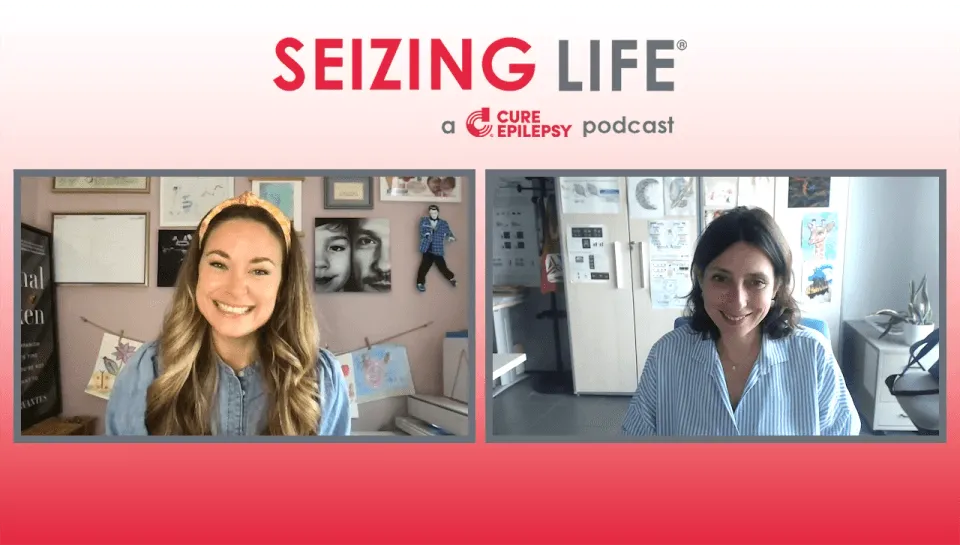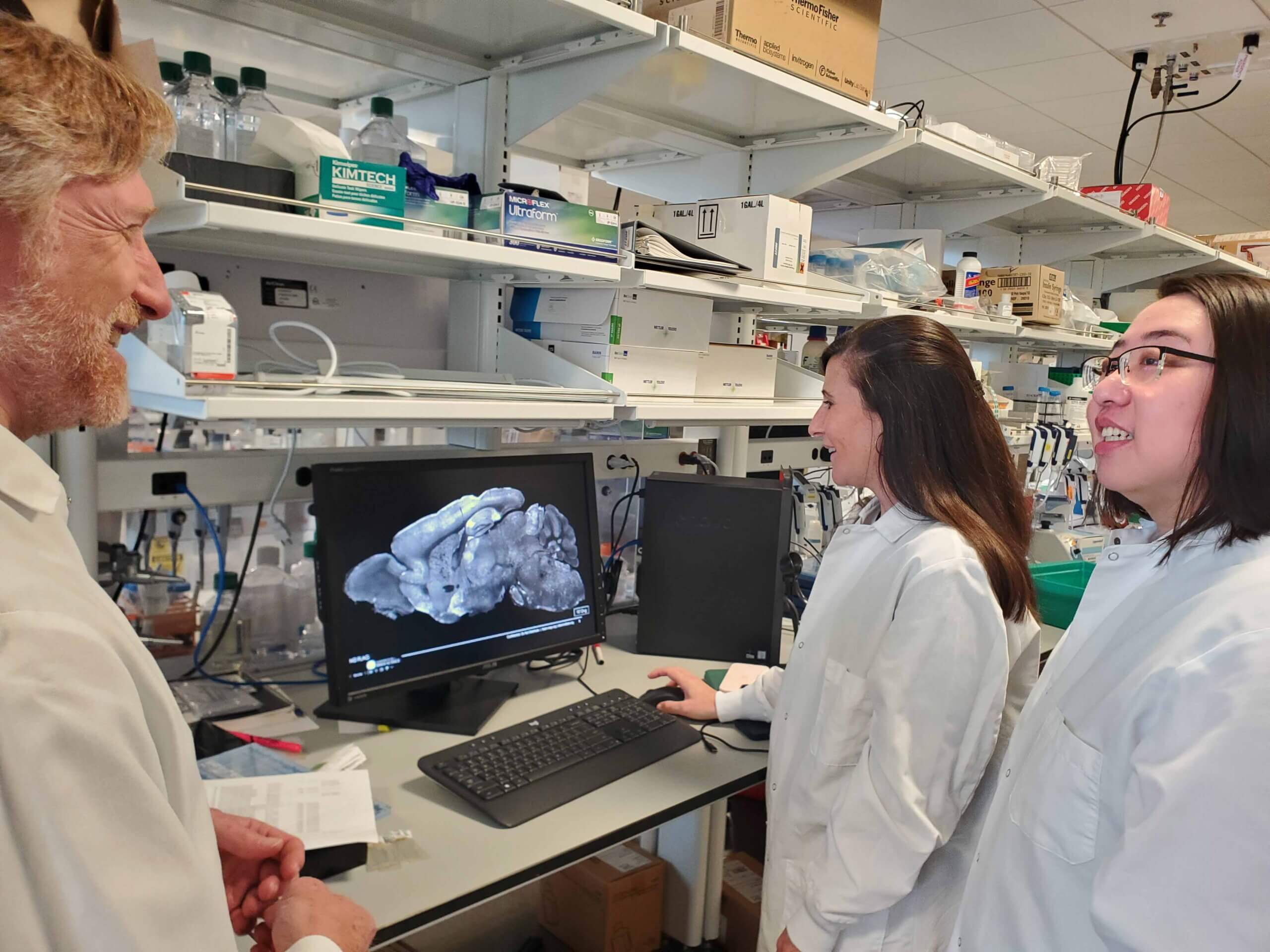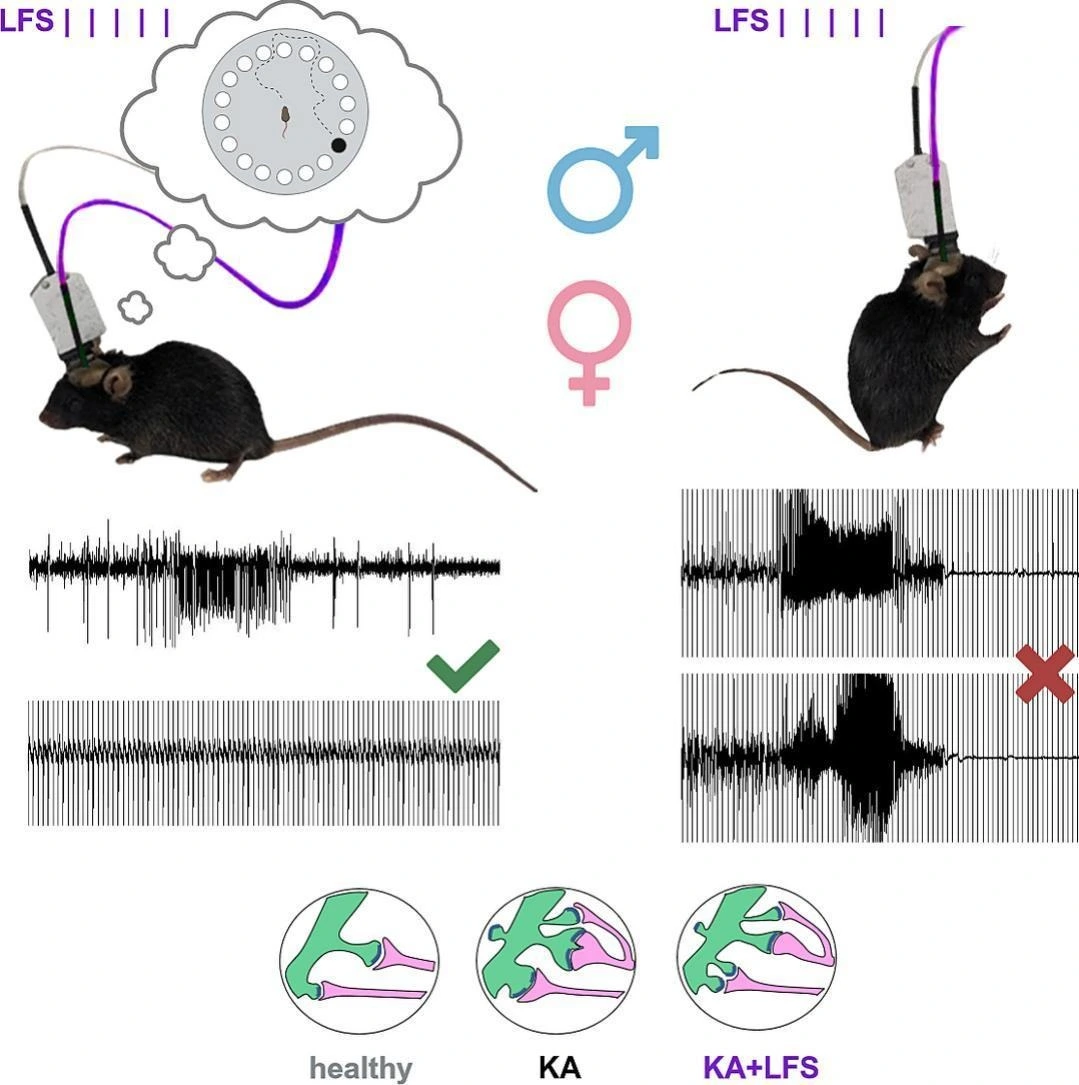Personalizing Electrical Stimulation for Focal Epilepsy
In the relentless pursuit to refine treatments for focal epilepsy, a neurological disorder characterized by seizures originating from a localized brain region, researchers have taken a groundbreaking step forward by harnessing the intricate connectivity networks between the thalamus and cortex—termed thalamocortical hodology.
The innovative framework, recently detailed in a high-impact study, leverages advanced neural mapping and stimulation techniques to tailor interventions for people with focal epilepsy with unprecedented precision.
The scientific discipline of hodology investigates the pathways and connections of neural fibers. Using state-of-the-art neuroimaging modalities and computational modeling, the researchers mapped the thalamocortical projections in exquisite detail. By characterizing these circuits’ connectivity patterns and identifying nodes with high seizure propagation potential, the team developed an algorithm capable of predicting the most effective stimulation targets for each patient.
The personalized stimulation protocols were applied to a diverse patient population undergoing invasive monitoring for medically refractory focal epilepsy. Results demonstrated significant reductions in seizure frequency with minimal adverse effects, underscoring the clinical viability of the hodology-guided approach.
The adaptability of stimulation parameters based on real-time feedback heralds a new era of closed-loop systems tailored to dynamic neural changes, enhancing long-term outcomes and patient quality of life.
This pioneering work also sets the stage for exploring neuroplasticity induced by stimulation. Understanding how chronic modulation of thalamocortical circuits reshapes synaptic architecture may unveil pathways for durable remission or even cure. Longitudinal studies are planned to assess sustained neurological and cognitive outcomes, a critical step toward validating the holistic benefits of this innovative approach.








